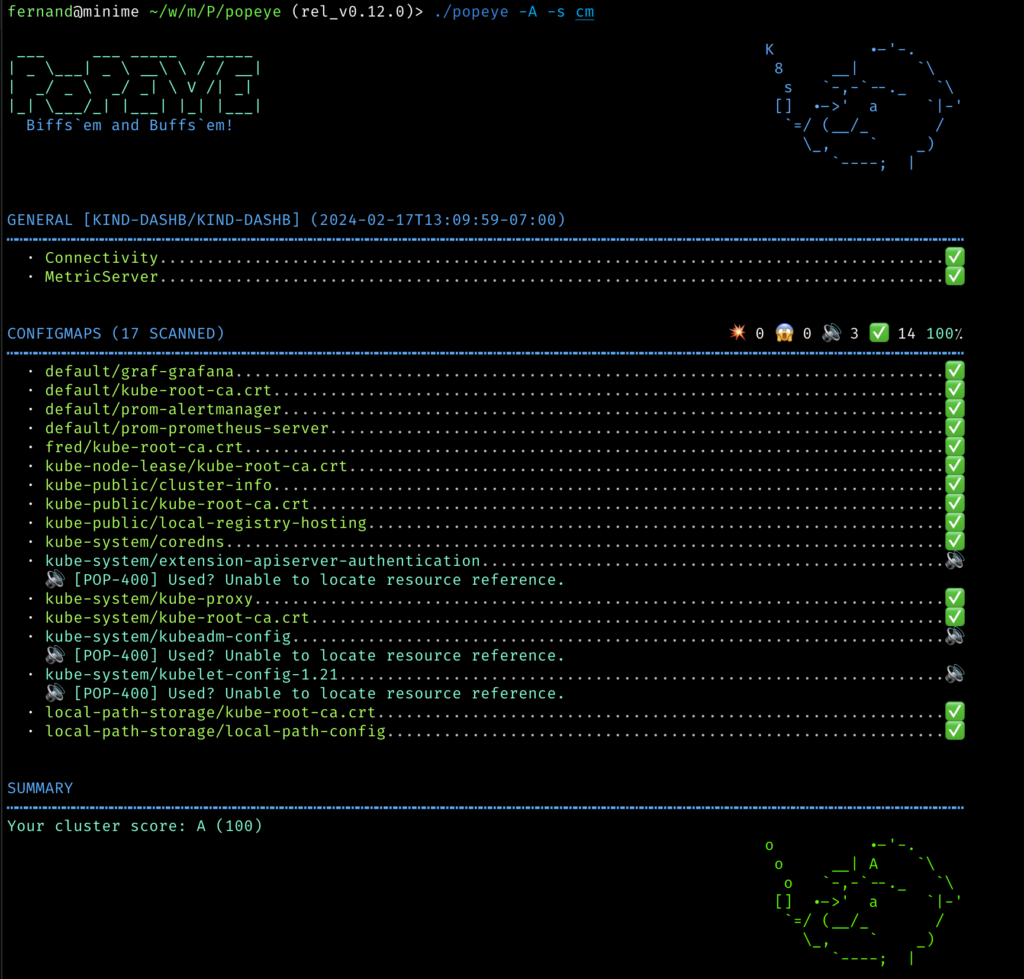Taming the Kubernetes Beast: My Experience with K9s
In the world of software engineering, staying ahead often means using tools that make your work simpler and more efficient. This is especially true when working with Kubernetes, a powerful but complex platform for managing containers. That’s where K9s comes in – a game-changing tool that has transformed my Kubernetes experience from a confusing maze of commands to an easy-to-use interface.
Bringing Clarity to Chaos
Before K9s, I spent a lot of time typing complex kubectl commands just to get a basic overview of my deployments. It was a real hassle. But K9s changes all that by providing a visual, terminal-based UI for Kubernetes clusters.

When I start up K9s, I instantly get a live view of my entire cluster – pods, services, deployments, everything! It’s all laid out in a simple tree structure, so I don’t have to memorize a bunch of commands. I can quickly see resource details and spot any issues.
A Powerful Tool for Action
K9s isn’t just about making things look nice. It also lets me take action directly within Kubernetes. If I need to scale a pod or check logs, K9s has handy shortcuts and menus. I can even run commands right from the interface.
But K9s goes beyond basic tasks. It helps me deeply manage my cluster’s health. For example, if a critical deployment starts acting up, K9s allows me to:
- Check pod health: I can look at individual pods, their resource use, logs, and health checks to find the root of the problem.
- Debug deployments: I can see past rollouts and rollbacks for a deployment to spot any changes that might be causing issues.
- Manage services: K9s shows me service endpoints and selectors, and lets me manage service settings directly.
With these features, K9s is more than a visualization tool – it’s a control center for my Kubernetes cluster. It helps me actively manage and troubleshoot my deployments to keep my apps running smoothly.


Customized for Efficiency
K9s understands that every engineer has their own way of working. That’s why it offers tons of customization options. I can set my own keyboard shortcuts for common actions, making my workflow even faster. And if you are a VIM user the workflow become even better because the motions are included into the tool.
Beyond Kubernetes Basics
K9s even integrates with tools like Popeye, which helps clean up unused resources in your Kubernetes cluster. This keeps my cluster in top shape and prevents waste.

A Game-Changer for Kubernetes Management
K9s has become a core part of my Kubernetes process. It makes cluster management easier, speeds up troubleshooting, and offers a friendly interface that even beginners can use.
Whether you’re a Kubernetes pro or just getting started, I highly suggest trying out K9s. It’s a powerful tool that will bring some much-needed clarity to your Kubernetes work.
While K9s isn’t a perfect solution, it’s an incredibly useful tool for making sense of the often chaotic world of Kubernetes. It empowers engineers to focus on what matters most – keeping apps running well.
Conclusion
In summary, K9s has revolutionized the Kubernetes experience by turning complex command-line interfaces into an easy-to-use, visual dashboard for managing clusters. This tool streamlines daily work for engineers and DevOps teams, and helps development and operations work together better. By integrating with the broader Kubernetes ecosystem, K9s boosts efficiency and productivity, letting teams focus on innovation instead of getting lost in the complexities of Kubernetes.
K9s does more than simplify workflows; it helps teams harness the full power of Kubernetes, making it easier to deploy, scale and manage applications. In a world where speed and reliability are critical, K9s is a must-have tool for any team working with Kubernetes. No matter your experience level, K9s will transform how you work with Kubernetes, making it more approachable, manageable and efficient.

